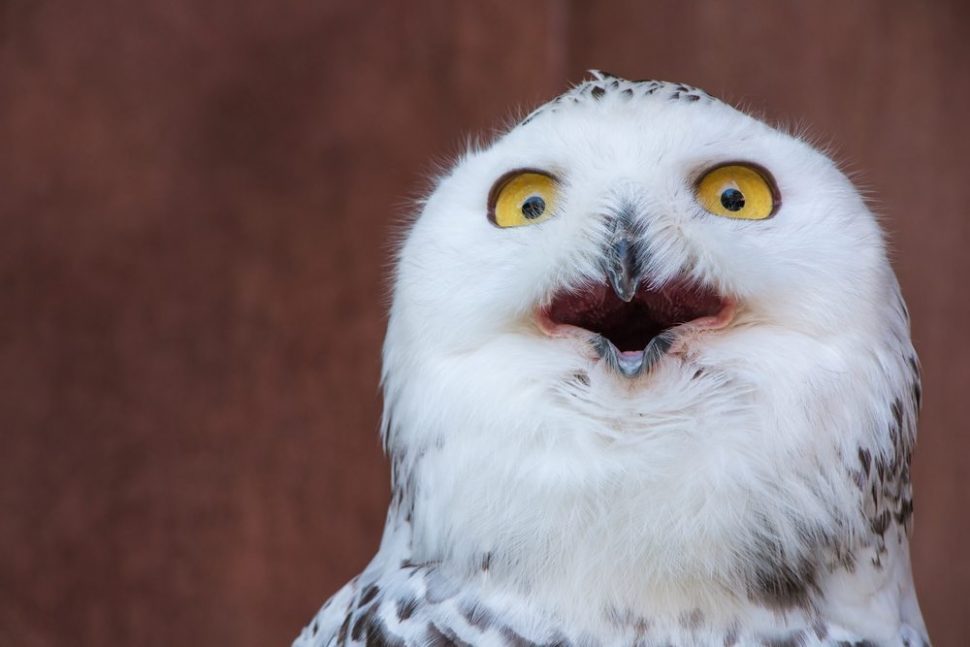Bacteriography is gaining more and more interest. MIT scientists have contributed to this nascent art by producing colorful pictures using genetically modified E.coli bacteria.
E. coli (Escherichia coli) Is a bacterium that settles in the digestive tract of humans and warm-blooded animals. The majority of strains of E. coli are harmless, only a few are pathogenic. Some E.coli strains are commonly the cause of food poisoning through the consumption of raw or undercooked food products.
MIT scientists genetically modify E.coli bacteria to make them respond to and reflect RGB light.Click To TweetMaking up about 80% of human intestinal flora, E. coli has been the subject of extensive scientific studies. Now, this bacteria finds yet another use as a new medium of art.
A “Mad Scientist” Turns E.coli Cultures Into Artwork
In 2013, E.coli made front page news, but not with the common cases of food poisoning. Cincinnati-based ex-microbiologist Zachary Copfer has invented “bacteriography”, a technique combining art and microbiology to produce pictures that resemble Pop art from the 1950s.
Copfer exposes the bacteria in a petri dish to ultraviolet rays to kill predefined zones of bacteria and prevent their development. Then, the microorganisms left alive continue to develop until the desired pattern is formed. When the image is finally ready, Copfer permanently stops the growth of the bacteria by refrigerating them and exposing them to radiotherapy treatments before covering them with a light layer of acrylic.
You can watch time-lapse videos of bacteria transforming into pictures of Einstein and other famous people created by Copfer.
Bacteriography: MIT Endows E.Coli With RGB Vision
While Copfer’s technique could produce only pictures with a reddish hue, scientists at MIT have taken E.coli color rendition to the next level.
Christopher Voigt, Professor of Biological Engineering at MIT, and lab team (Voigt Lab), have been experimenting with “bacterial photocopy” for over a decade, but could produce only black-and-white images.
To make E.coli culture respond to colors, the team inserted into bacteria genes that respond exclusively either to red, green or blue light (RGB). When activated, by shining light onto them, bacteria respond and produce visible pigments of the same color.
As explained in the paper, published in the journal Chemical Biology, instead of only three extra genes for the black-and-white method, the color version requires the addition of 18 genes to E. coli bacteria.
Using this technique, Voight’s team was able to generate colorful pictures on bacteria plates representing Super Mario and various fruits. But, aesthetics aside, this new MIT technology could also be useful for commercial, pharmaceutical, and other scientific and industrial applications.



















Comments (0)
Most Recent